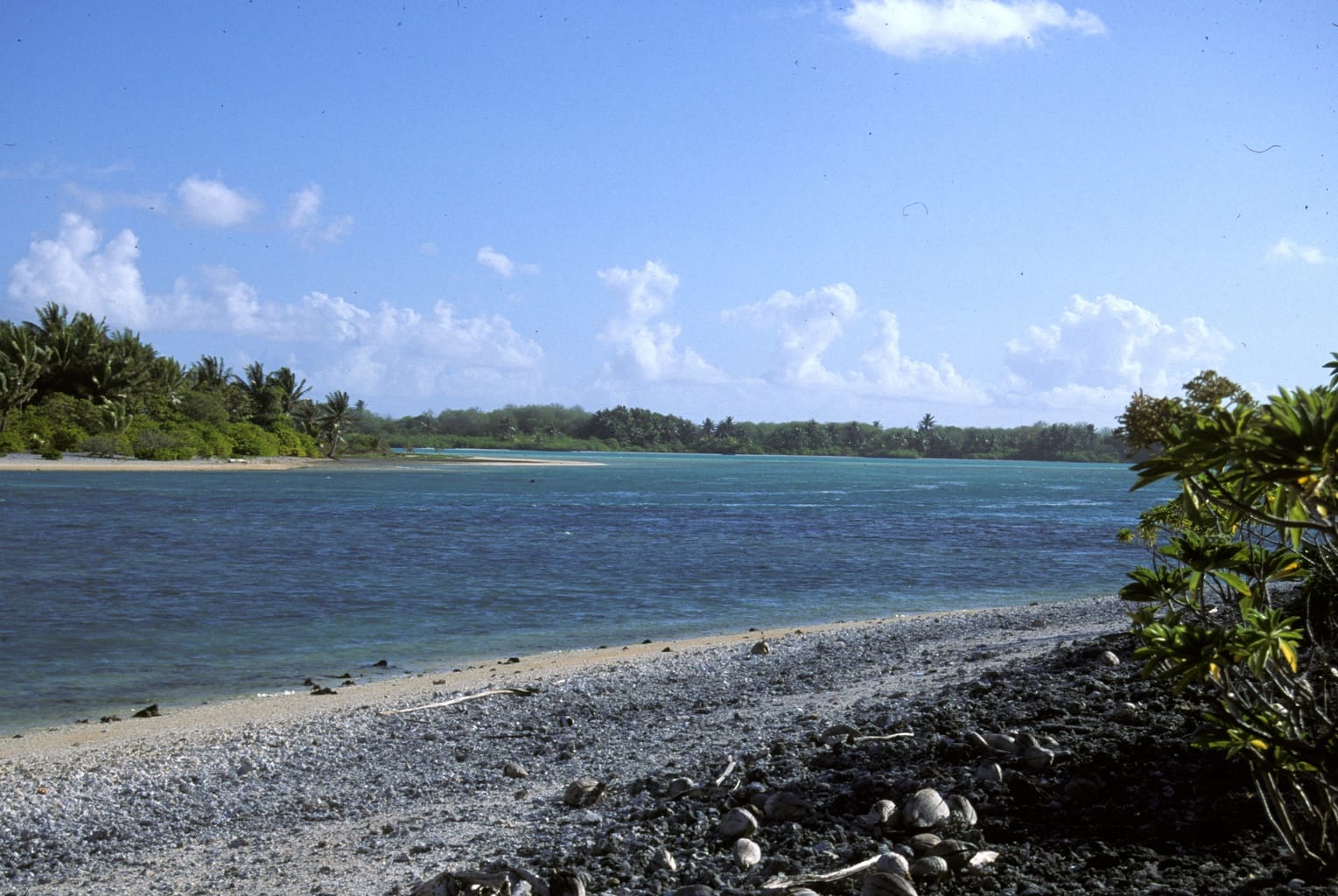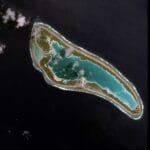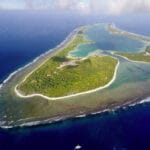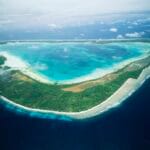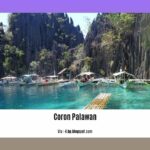Imagine a secluded isle in the vast Pacific, a coral atoll fringed with turquoise waters and blanketed in emerald-green foliage. This is Nikumaroro, a place where the echoes of history mingle with the whispers of the wind, a place where the legend of Amelia Earhart intertwines with the fate of a fragile paradise.
Unveiling Nikumaroro: A Glimpse into Paradise
Nikumaroro is a small, triangular-shaped island, part of the Phoenix Islands archipelago belonging to the nation of Kiribati. Measuring roughly 4.5 miles long and 1.5 miles wide, this coral atoll embraces a central lagoon teeming with marine life. Dense Pisonia forests dominate the landscape, providing shelter to coconut crabs and a captivating symphony of bird songs. The entire island has been designated as a protected area, a sanctuary for its unique and vulnerable inhabitants.
A Journey Through Time: Nikumaroro’s Story Unfolds
The history of Nikumaroro stretches back centuries, with evidence suggesting early Polynesian explorers may have graced its shores. European encounters began in the 19th century, leading to brief periods of guano mining and an unsuccessful attempt at establishing a permanent British settlement in the 1930s.
However, it is the enigmatic disappearance of Amelia Earhart in 1937 that forever etched Nikumaroro into the annals of history.
The Earhart Connection: A Mystery Endures
Amelia Earhart, a pioneering aviator, vanished over the Pacific during her ambitious attempt to circumnavigate the globe. While her final resting place remains undiscovered, Nikumaroro is considered a likely candidate for her unplanned landing.
Distress signals, potentially picked up by radios at the time, along with artifacts and what appears to be a deserted campsite, fuel speculation that Earhart and her navigator, Fred Noonan, may have survived for a time on the island.
Organizations like TIGHAR (The International Group for Historic Aircraft Recovery) remain actively involved in uncovering the truth behind Earhart’s disappearance, their meticulous research adding to the intrigue surrounding Nikumaroro.
Nikumaroro Today: A Deserted Island Grappling with Change
Today, Nikumaroro stands deserted, devoid of permanent residents. Access is restricted, granted primarily to scientists and conservationists working tirelessly to safeguard its delicate ecosystem.
Like many islands scattered across the globe, Nikumaroro faces the looming threat of climate change. Rising sea levels and the increasing frequency of extreme weather events pose a significant risk to its fragile environment.
Why Does Nikumaroro Remain Uninhabited?
Despite its idyllic appearance, Nikumaroro harbors challenges that have prevented long-term human habitation:
The Thirst for Freshwater: A Persistent Challenge
One of the most significant obstacles is the scarcity of freshwater. While the island receives rainfall, the porous coral bedrock allows water to quickly seep away, leaving minimal surface water for human use. Past attempts at establishing settlements were ultimately thwarted by this persistent lack of a reliable freshwater source.
Isolation and Limited Resources: A Difficult Equation
Nikumaroro’s remote location in the vast expanse of the Pacific Ocean presents a formidable barrier. The challenges of transporting essential supplies, accessing medical care, and maintaining communication with the outside world make permanent habitation impractical.
In addition to the scarcity of freshwater, the island’s limited resources present a considerable challenge. Arable land is scarce, building materials are limited, and the ever-present threat of cyclones poses a constant risk to any structures.
A Fragile Ecosystem: A Balancing Act
Designated as a protected area, Nikumaroro’s unique ecosystem demands a delicate balance between preservation and the potential impact of human presence. The introduction of non-native species, habitat disruption, and pollution are all factors requiring careful consideration.
Could Nikumaroro Support Human Life in the Future?
While Nikumaroro currently remains uninhabited, advancements in technology, such as desalination plants to provide freshwater and renewable energy sources, could potentially make habitation more feasible. However, any future endeavors must prioritize the preservation of the island’s delicate ecosystem and respect its rich cultural and historical significance.
Di Mana Atol Nikumaroro? Pinpointing a Pacific Mystery
Nikumaroro Atoll, formerly known as Gardner Island, graces the western Pacific Ocean as part of the Phoenix Islands, belonging to the Republic of Kiribati. Its precise coordinates are 4.6667° S latitude and 174.5000° W longitude.
Are you planning a trip to the stunning Banff National Park? Discover the nearest airport to Banff for a seamless and convenient start to your adventure.
If you’re flying into Canada, explore the nearest airport to Banff Canada to plan your onward journey to this breathtaking destination.
- Crypto Quotes’ Red Flags: Avoid Costly Mistakes - June 30, 2025
- Unlock Inspirational Crypto Quotes: Future Predictions - June 30, 2025
- Famous Bitcoin Quotes: A Deep Dive into Crypto’s History - June 30, 2025
